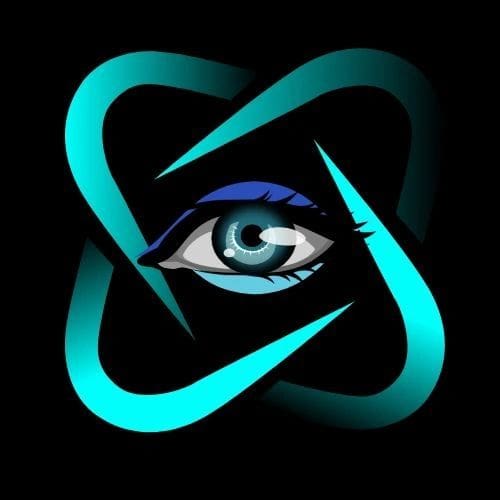What to Do About Eye Disorders
This section should be selected if you have pain in your eye of any kind. Also, if your vision has changed in any way, please look in this section for possible explanations and what you should do. In every case, if there is pain in your eye you should visit an eye doctor. If you don't have an eye doctor, visit our "Find an Eye Doctor" page on the menu above.
Amblyopia, commonly known as “lazy eye,” is a developmental vision disorder that typically emerges in childhood where one eye has reduced vision despite wearing corrective lenses.
Cataracts are a common eye condition that shows up later in life. Some people don’t develop cataracts even in their 90s, but most of us will see early symptoms of this eye disorder in our 60s.
Diabetic retinopathy is a serious eye condition related to high blood sugar levels in the persons blood.
Dry Eye Syndrome, also known as dry eye, is a condition that occurs when there is a lack of tears on the cornea, which is the clear front part of your eye.
Glaucoma is a progressive eye disease caused by abnormally high pressure in the eye that can lead to permanent vision loss if left untreated.
The most popular laser eye treatment is called LASIK. Lasik is a refractive eye surgery procedure that can correct vision problems such as nearsightedness, farsightedness, and astigmatism.
Macular degeneration, (also known as age-related macular degeneration, AMD), is a progressive eye disorder that damages the macula, the central part of the retina responsible for sharp, detailed central vision.
As we age into early to mid-adulthood, maybe in our 30s or later, we will at some point notice that we have difficulty reading in reduced light conditions, or we have trouble reading smaller print that we used to be able to decipher easily.
